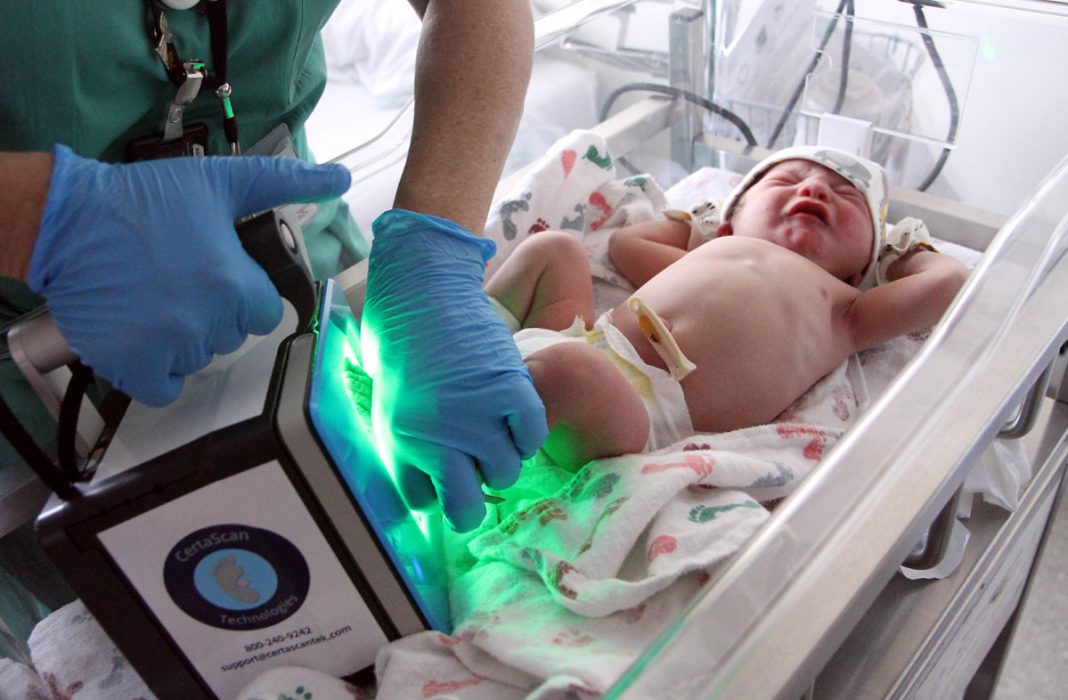NEW YORK, USA — In the 18 months following the Supreme Court’s 2022 Dobbs decision that revoked federal protections for abortion rights, the United States saw a concerning rise in infant mortality, according to new research published Monday, October 21, 2024, in JAMA Pediatrics.
The study highlights a 7% increase in infant deaths, particularly among those with congenital anomalies, as a possible outcome of abortion restrictions across several states.
The study, led by Dr. Parvati Singh and Dr. Maria Gallo from The Ohio State University, compared infant mortality rates before and after the landmark decision, identifying months where infant deaths spiked above historical averages.
The most significant increases were recorded in October 2022, March 2023, and April 2023, with an estimated 247 additional infant deaths during those months alone.
“Mortality is the ultimate outcome of any health condition. This is a very, very acute indicator,” said Dr. Singh, the study’s lead author.
“It could be representative of underlying morbidity and underlying hardship.”
Singh explained that while congenital anomalies—birth defects that can range from mild to life-threatening—accounted for approximately 80% of the additional deaths, the broader trend suggests a ripple effect of restricted access to reproductive health services.

Abortion Bans and Health Access
The Dobbs decision, which allowed states to enact sweeping abortion bans, has affected more than just access to abortion, say experts.
A CNN investigative report earlier this year pointed to a spike in infant mortality in Texas following the state’s six-week abortion ban in 2021.
The latest research suggests that similar outcomes have surfaced nationally in the post-Dobbs era.
“Whether the pregnancy was wanted or unwanted, we know that many of these are pregnancies that would have ended in abortion had people had access to those services,” said Dr. Ushma Upadhyay, a researcher in reproductive health at the University of California, San Francisco.
Though not involved in the study, Dr. Upadhyay emphasized that abortion restrictions can significantly reduce access to broader healthcare services, impacting both mothers and infants.
For infants diagnosed with congenital anomalies, particularly those affecting the heart, spine, or other vital organs, survival rates can be slim.
Some of these infants only survive for a few months, contributing to the rising mortality rates, researchers noted.

Vulnerable Populations Most Affected
Experts also pointed out that abortion bans disproportionately affect women from marginalized communities.
“People who face the most structural barriers in terms of poverty, lower levels of education, food insecurity, and other life stressors can’t access abortion care, and these factors also increase their risks of poor pregnancy and birth outcomes,” said Dr. Upadhyay.
Dr. Alison Gemmill, a perinatal epidemiologist at Johns Hopkins University, echoed these concerns, noting that abortion bans create “spillover effects” in healthcare access.
“It’s never going to be the case that everybody’s going to be able to overcome the barriers of these bans,” Gemmill said.
The study underscores the complexity of post-Dobbs healthcare in the United States, as rising infant mortality rates coincide with increased restrictions on reproductive rights.
While more research is needed to fully understand the long-term impacts, the findings offer a grim glimpse into the consequences of the nation’s shifting legal landscape on maternal and infant health.







